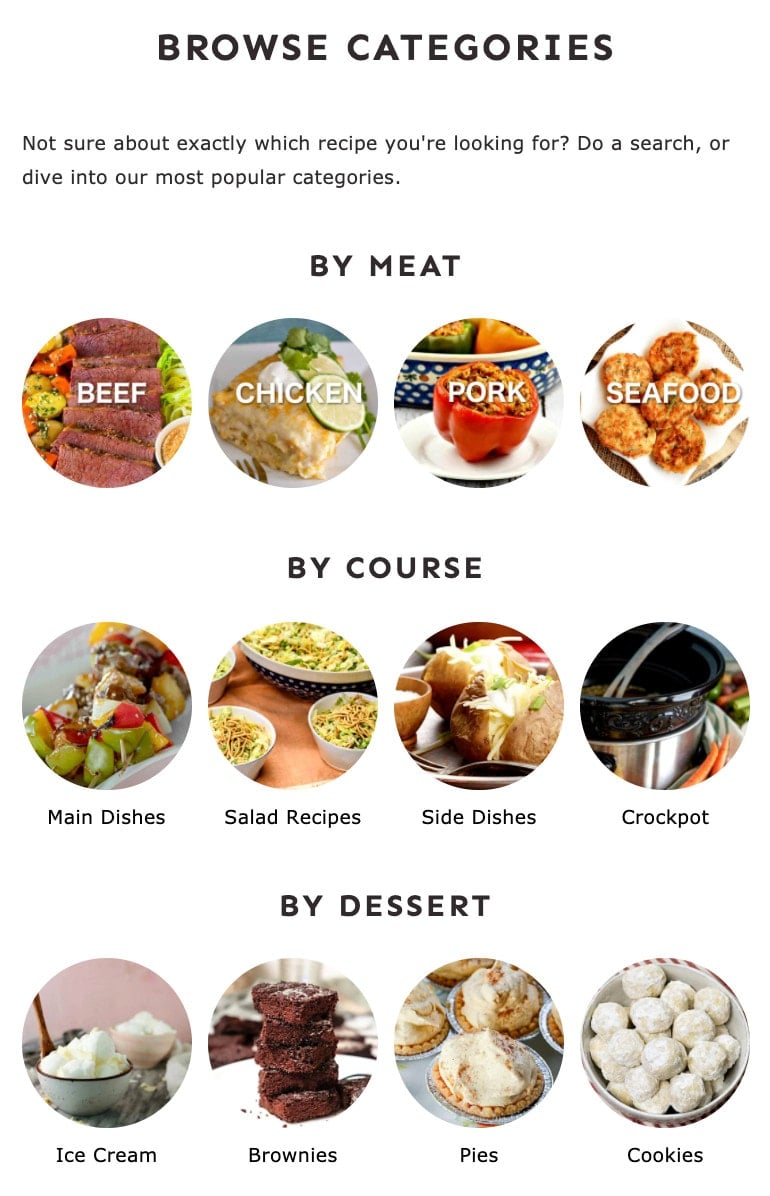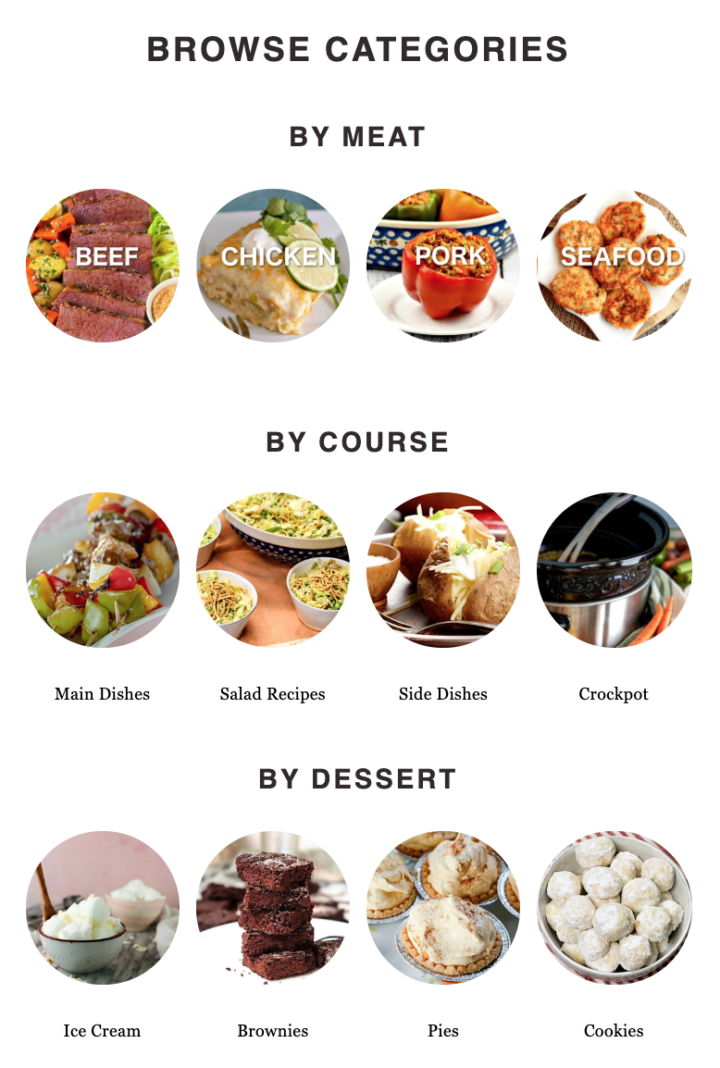This tutorial features the Feast Plugin, which enhances and extends your theme to improve SEO, pagespeed, accessibility and user experience.
The Modern Index is like a book index, showing the chapters (categories) of your site. It primarily uses the FSCI Block to display categories, with some room for displaying trending posts and author information.

The Modern Index:
- is more customizable to suit your style
- improves user experience by making navigation simpler
- improves SEO by supporting good site structure
- improves SEO by removing drop-down menus
- improves accessibility by removing javascript
- improves accessibility by fixing heading structure
- improves accessibility by removing the outdated "featured posts" widget
- improves accessibility by removing drop-down menus
The goal of the Modern Homepage was to convert the most "important" page on your site to a better version of the traditional index. Doing this helps:
- show more useful content content than just "recently published", such as trending posts, categories, posts by category and recently updated
- reduce click depth to key categories and posts
- add unique content (important for SEO!)
Jump to:
Create the Modern Index page
We recommend everyone start be creating the Modern Index from the template in Admin > Feast Plugin > Setup
See the Scheduled Categories block here for instructions setting that up. If your site has less than 100 posts, simply delete the Scheduled Categories block and set it up later.
Each category must contain more than 4 posts to be eligible to be displayed. See the FSCI block for full details.
Full width layout
The Modern Index uses the full width page layout.
Content
The Modern Index contains:
- categories displaying using the FSRI block
- a search bar
- an author bio
- trending and/or seasonal content
FSCI block
Review the FSCI Block tutorial to learn what you need to know and how to use it.
If you haven't set it up yet, the FSCI requires brand new images to be created and assigned to the category before the block will function properly.
We do not recommend using the FSCI block to display all categories and you'll get a warning when doing this.
You will use the "CATEGORIES" field to specify specific categories, and group related categories.

Note: If you have less than 100 posts, then you can simply display all posts and categories. Leave the Modern Index until your site has more than 100 posts.
Categories guidelines
Review the categories guidelines for instructions on how to use categories.
Hint: as a general rule we see a minimum about 1 category per 10 posts on most sites, which means you should have over 100 posts for 10 categories. In our opinion, using categories when you have less than 100 posts is a waste of time.
A better benchmark is roughly 1 category for every 20 posts on a site.
Each category must have a unique description in order to avoid a "thin content" penalty, and improve user experience.
Add a search bar
No matter how well you categorize your posts, or visually organize you categories, the search bar is always going to be the easiest way for readers to find the content they want.
Add a "search" block to the Modern Index wherever it makes the most sense for you.
Also make sure to add placeholder text to the search block.
Organizing
We don't recommend nested categories, however, you can use regular H2 heading tags to visually "group" related categories without actually nesting them.

Using H2s helps Google to understand that there are "subsections" of the page, as well as helping users of screen readers to more easily navigate the page.
Customizing
Building this with the block editor as opposed to categories introduces opportunity to add unique content, and build the Modern Index in a way that's more useful for your readers.
You can enhance the Modern Index with:
- reviews or comments from posts in that category
- "as seen in"
- newsletter subscription
Indexable vs. no-index
The Modern Index should be indexable by search engines (not-no-indexed).
Note that the same word is being used here in two entirely different contexts - an "index" is similar of a book's index. Search engine indexing is the practice of search engines crawling your site and storing a copy of it to possibly rank.
Generally, index pages don't rank and this is not a goal for the Modern Index.
Other indexes
Now that the Modern Index is built using the block editor, you can create other "indexes" for multiple content types.
For example, you can create a separate
- travel index
- recipe index
- crafts index
- knitting index
- parenting index
- cooking tips index
Note: Sites that focus exclusively on one niche will generally outperform mixed-content sites in the long run. We recommend that most content sites be exclusively one vertical of content, but this is not a requirement.
Paginating
All your top level categories will fit on a single Modern Index page, and paginating is not required.

Leave a Reply